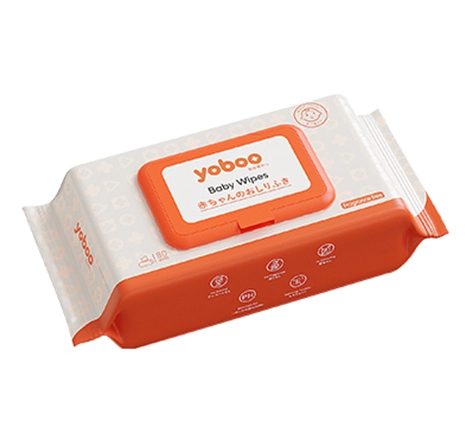Encountering a situation where the baby cannot finish drinking milk, the mother's breasts become extremely swollen. For mothers, breast pumps may be the greatest invention in the world and are essential tools for breastfeeding. Currently, there are manual and electric breast milk pumps on the market. Manual pumps are cheap in price, easy to operate, and convenient to carry when going out, but they require more effort. Electric breast milk pumps are very easy to use and require less effort, but they have more parts, are more expensive, and have motor noise. They are suitable for use at home, but it is generally recommended to buy electric ones. In addition, you can choose a breast pump with massage function. After pumping milk, massaging can stimulate further milk secretion and empty the remaining milk to avoid clumping.
Types of breast pump feeding products
Hospital-grade electric breast milk pump: This type of breast pump has high power and the highest efficiency. Many mothers use this type of breast pump when their newborns are hospitalized and separated from them. Mothers can rent them for use at home.
Personal double electric breast milk pump: This type of breast pump is smaller in size than the hospital-grade ones and has higher efficiency. It is very suitable for working mothers as it is easy to carry. Double electric breast milk pumps average 18% more milk production than single ones.
Single breast pump: It can be manual, battery-operated, or electric. This type of breast pump has lower efficiency and is suitable for mothers who occasionally need to pump milk.
The choice of breast pump depends on your reasons for needing a breast pump and its frequency of use.
How to use breast pump feeding products?
1. Wash your hands first. The components of newly purchased breast pump feeding products need to be sterilized before assembly according to the instructions.
2. Relax. Take a few minutes to take deep breaths, close your eyes, and imagine the scene of the baby nursing in your arms. This helps stimulate the milk ejection reflex.
3. Pump continuously until the milk no longer flows. For normal milk production, each breast should be pumped for 10-15 minutes.
4. Pour the milk into a milk storage container (bottle or storage bag), seal the container tightly, indicate the date, and refrigerate or freeze it according to the intended use time.
Common mistakes in using breast pump feeding products
Using a breast pump on the first day after delivery
Many mothers feel sorry for their hungry newborn babies and start pumping milk immediately on the first day after giving birth. However, if milk is pumped before the milk ducts become unblocked, it will only become more blocked. Therefore, some mothers may find that using an electric breast milk pump on the first day after giving birth only exacerbates the blockage and causes the breasts to become even more painful and swollen. Instead of extracting milk, it creates a more severe milk blockage.
The stronger the suction power of the breast pump, the more milk it will extract
This is a very wrong approach. New mothers who start with the highest suction power tend to cause nipple cracking, making breastfeeding painful and unbearable. Many impatient mothers choose maximum suction power right from the start, but in reality, it causes greater harm to themselves.
The longer the breast pump is used, the more milk it will extract
Using the breast pump for too long can easily cause breast swelling. Many new mothers pump for an hour in order to extract more milk, but it actually damages the skin of the breasts.
Incorrect selection of breast pump flanges
The breast pump feeding products should have appropriately sized flanges that can cover the areola like a baby's mouth. The right flange size is generally about 3mm larger than the areola. A flange that is too large can cause areolar edema, deformation of the mammary glands, and elongation of the nipples. On the other hand, a flange that is too small can rub against the nipples, causing cracks in the nipple skin.













